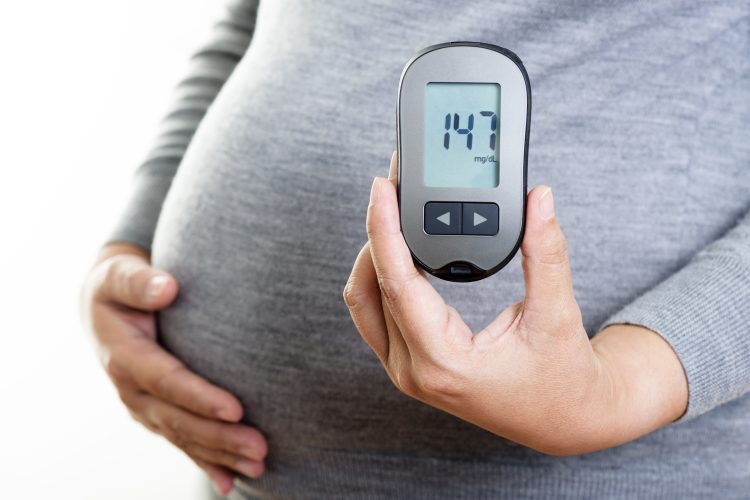Potential of precision diagnostics for gestational diabetes mellitus
Posted: 4 January 2024 | Drug Target Review | No comments yet
Researchers highlight the need for a more nuanced diagnostic approach, examining whether nonglycemic markers could refine risk stratification.


A team led by Dr Ellen Francis, Assistant Professor in the Department of Biostatistics and Epidemiology at Rutgers School of Public Health, found that pregnancy weight and biochemical markers measured in blood from women with gestational diabetes mellitus (GDM), a type of diabetes that can develop during pregnancy, were related to increased risk of poor pregnancy outcomes. This offers a new direction for precision diagnostics.
Dr Francis said: “Although we found that obesity is a risk factor for offspring born larger for their gestational age, evidence suggests that the metabolic alterations that accompany obesity increase the risk of adverse outcomes.” GDM is the most common metabolic condition among pregnant women, posing risks to both mother and child. It is characterised by elevated blood sugar (glucose) levels during pregnancy, and while standard treatments are applied, clinical outcomes can range between individuals.
The research highlights the requirement of a more nuanced approach to diagnose GDM, which could help improve outcomes, Francis stated. Also, the study is the first systematic review of the literature to assess the potential of subtypes in GDM and to examine whether nonglycemic markers could refine risk stratification. Francis elucidated that some literature suggested insulin profiles and triglyceride levels could serve as promising non-glucose indicators of risk.
“To really assess the clinical implications of precision diagnostics in GDM, we first need to understand if insulin resistance or higher triglycerides are causally linked to adverse outcomes, and whether we can safely target them in pregnancy,” Francis explained.
Future focus
Critically, most studies had not focused on comparing clinical, biochemical, or sociocultural differences among women who develop GDM.
“The data from these studies indicate that in the future, we may be able to refine how we diagnose GDM by using anthropometric or biochemical information in combination with current diagnostic approaches.”
“In our full text screening of 775 studies, we found that only recently has there been a focus on clinical, biochemical, or sociocultural markers that could improve who is at greatest risk of poor outcomes, and on comparing clinical outcomes between different subtypes of GDM,” said Francis.
“The data from these studies indicate that in the future, we may be able to refine how we diagnose GDM by using anthropometric or biochemical information in combination with current diagnostic approaches.”
Research into mechanistic studies on precision biomarkers, large diverse population studies for replication, and multinational studies focusing on environmental and behavioral factors should be the focus in the future, Francis concluded. Exploration of possible insights on casual pathways of heterogeneity within GDM and its outcomes from genetic and multi-omics data using advanced analytical approaches should also be conducted.
This study was published in Communications Medicine.
Related topics
Analysis, Biomarkers, Precision Medicine
Related conditions
gestational diabetes mellitus (GDM)
Related organisations
Rutgers School of Public Health
Related people
Dr Ellen Francis (Rutgers School of Public Health)








